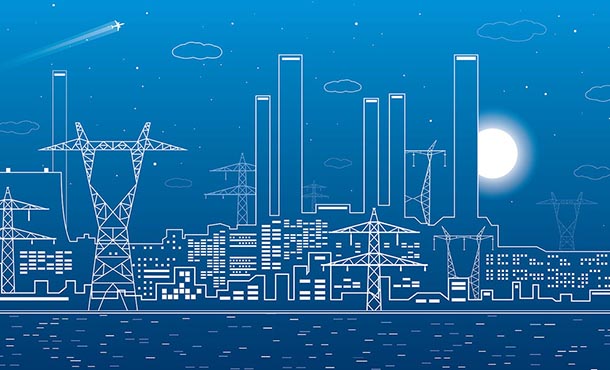
IMAGE: ADOBE STOCK #116655774
New IEE leaders mindful of energy, environmental challenges
7/15/2019
By Kevin Sliman
UNIVERSITY PARK, Pa. — Two Penn State faculty members have joined the leadership team of the Institutes of Energy and the Environment (IEE). Erica Smithwick, the E. Willard and Ruby S. Miller Professor of Geography in the College of Earth and Mineral Sciences, and Bruce Logan, the Evan Pugh Professor in Engineering and the Kappe Professor of Environmental Engineering in the College of Engineering, have both been named associate directors of IEE.
Logan and Smithwick each see the role of an interdisciplinary institute like IEE as critical when challenged with decreasing resources and increasing demands and impacts from a growing population.
According to Smithwick, some of the largest challenges we face as a society are those related to the environment.
“These challenges include enabling sustainable conservation strategies in the face of decreasing biodiversity and fostering ecosystem resilience in the face of climate change and natural disturbances,” Smithwick said. “I am excited to help strengthen interdisciplinary research at Penn State to help guide decision-making and ultimately to steward a sustainable relationship between humans and the environment.”
Smithwick added that it is a tremendous opportunity to create research capacity to solve some of today’s fundamental sustainability challenges.
“I look forward to working with research teams to help chart future research pathways that build on our strengths at Penn State, while leveraging our capacity to reach in new directions,” she said.
Logan noted that IEE is particularly well-suited to facilitate energy and environmental research around complex, multidisciplinary problems due to the large number of basic, applied and social sciences that are necessary to be effective in these research areas.
“The need to examine these topics, individually and in concert, is motivated by climate change and challenges with diminishing resources and ongoing environmental impacts,” Logan said.
“Over the 22 years I have been at Penn State, I have particularly enjoyed being part of IEE, as it has strategically stimulated critical environmental and energy research areas through faculty hires, focus groups, seed grants and other activities,” he said. “I am looking forward, in my new position with IEE, to assist with activities that help to align energy research topics with environmental priorities.”
IEE is one of seven interdisciplinary research institutes at Penn State. With more than 500 faculty, staff and students advancing the energy and environmental research missions of the University, IEE works to build teams of researchers from different disciplines to see how new partnerships and new ways of thinking can solve some of the world”s most difficult energy and environmental challenges.



